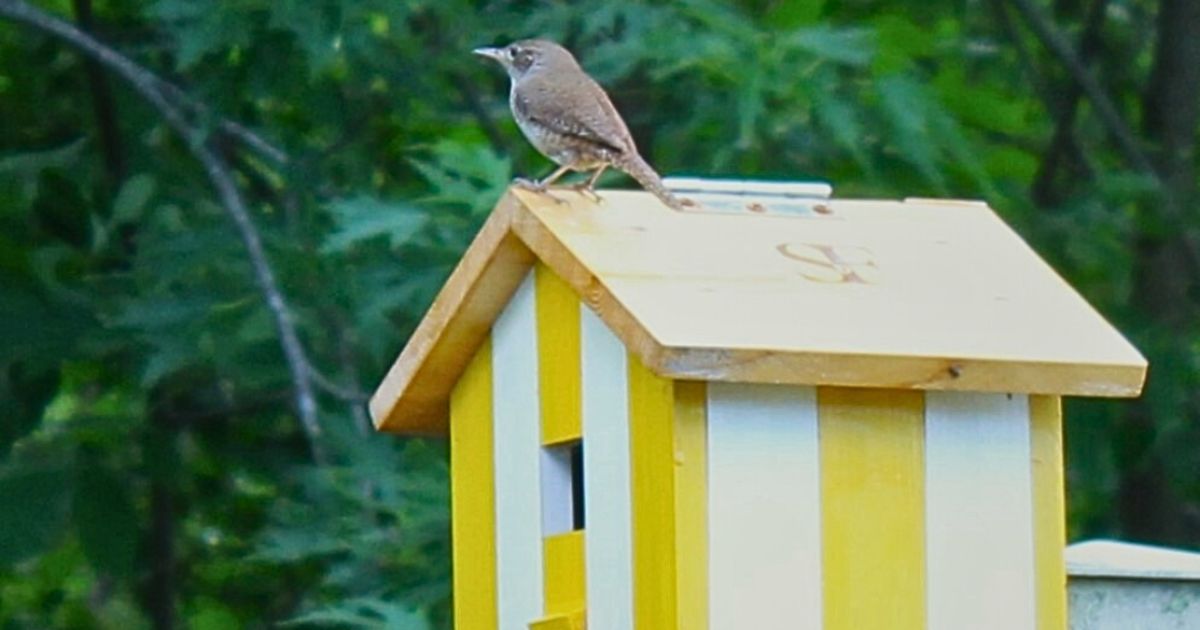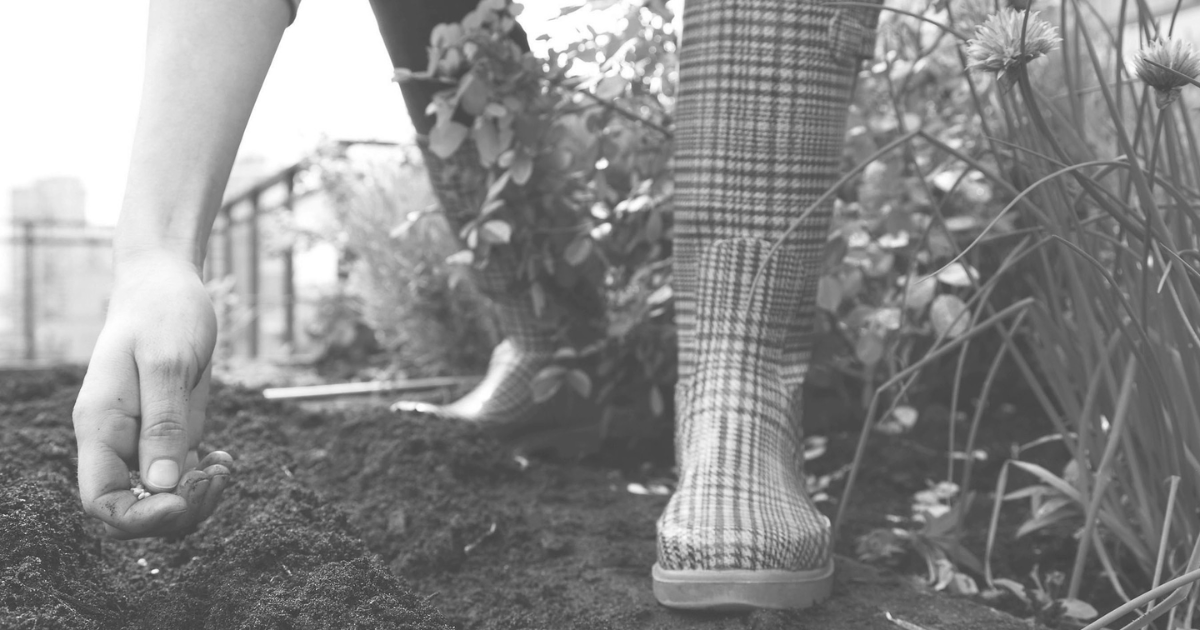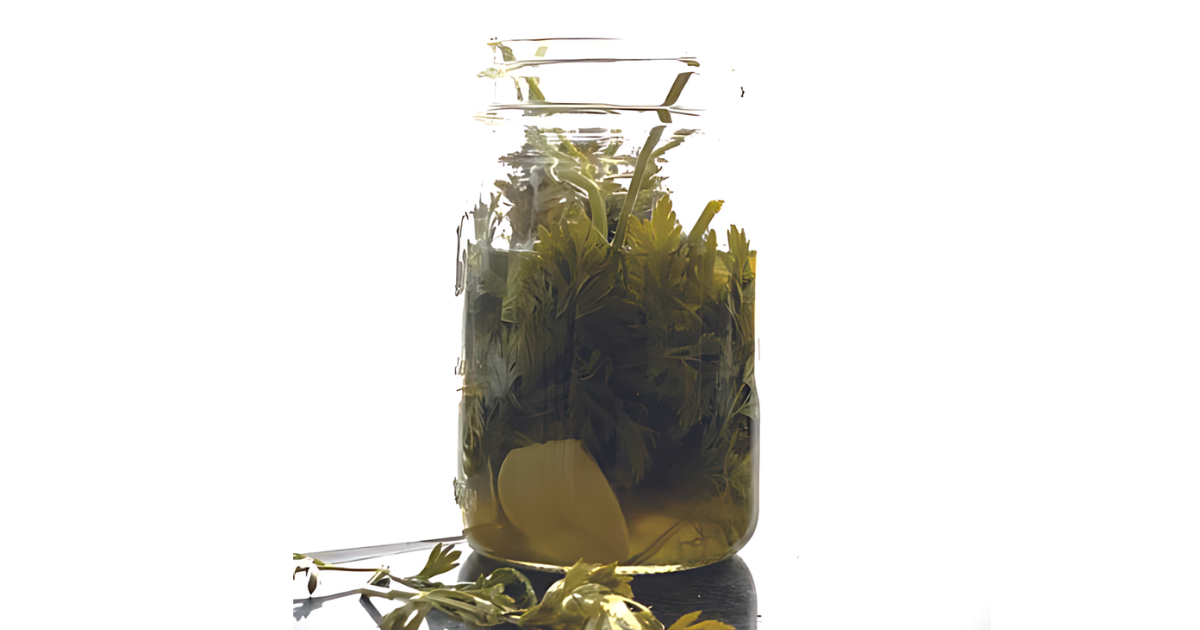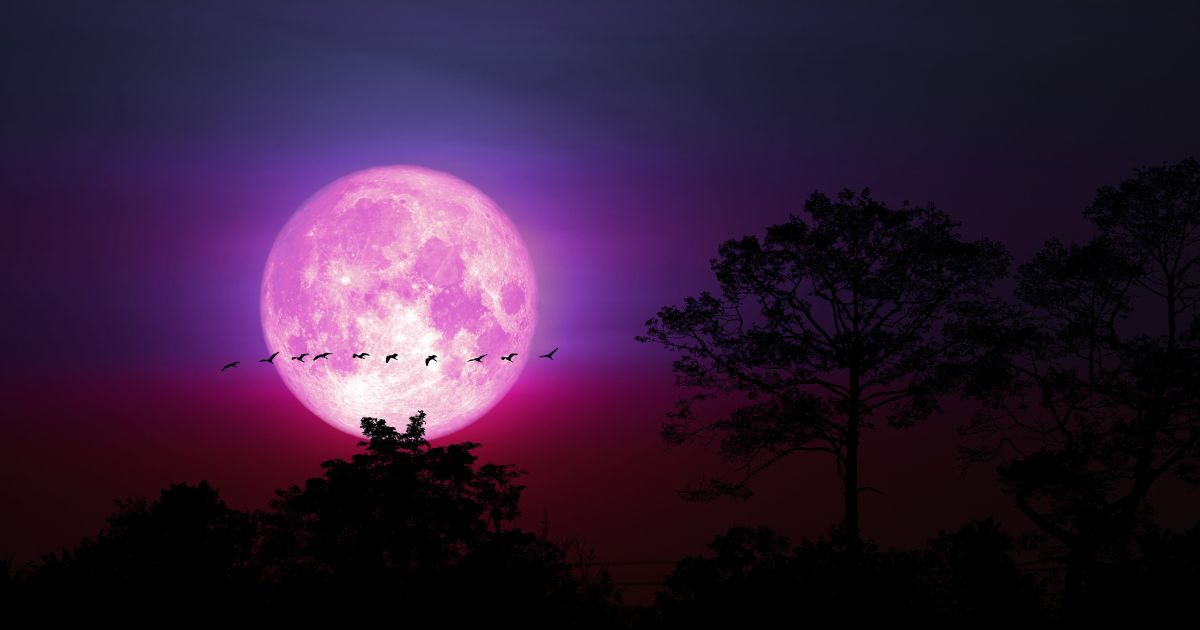While migration is a part of life for billions of songbirds, the journey is not without its perils. It is estimated that upwards of 80% of all deaths to migrating birds occur during their migration runs. We know that migration takes place each spring and fall, but did you know that most of it occurs at night? By relying on light from the moon and constellations for direction, migrating birds have safely navigated from summer breeding grounds to wintering homes and back again for generations.
Nighttime migration does have its advantages. For example, avian predators such as hawks often sleep during this time and cooler nighttime temperatures can reduce air current fluctuations across elevations, resulting in a more stable and efficient flight. The cooler nighttime temperatures also help to regulate a bird’s body from overheating during long continuous flights.
While nighttime flights may sound harmless, they can be anything but. Some of the hazards faced along the journey can be challenging while others downright deadly. Chief among these hazards is habitat loss, particularly along the main migratory routes. With no guarantee that the rest stop used last year will be there again, a migrating songbird must be adaptable and choose wisely. Problems compound when migrating birds fly over largely populated centers or areas with excessive light pollution. One fateful night on October 10, 2023, more than 1,000 migrating birds died after colliding with the glass windows of the McCormick Place Lakeside Center in Chicago. Similar incidents have occurred in other cities, and in Toronto it is estimated that over 1 million birds annually are killed by colliding with buildings and windows.
Predators have always been a threat to migrating birds entering new territories. Whether they’re humans, land animals or other birds, migrating birds must always be on high alert. Believe it or not, cats are the second leading cause of unnatural bird deaths, just behind habitat loss. It is estimated that upwards of 2 billion songbirds are killed each year by cats. While feral cats make up the majority of kills, domestic cats contribute to that number significantly.
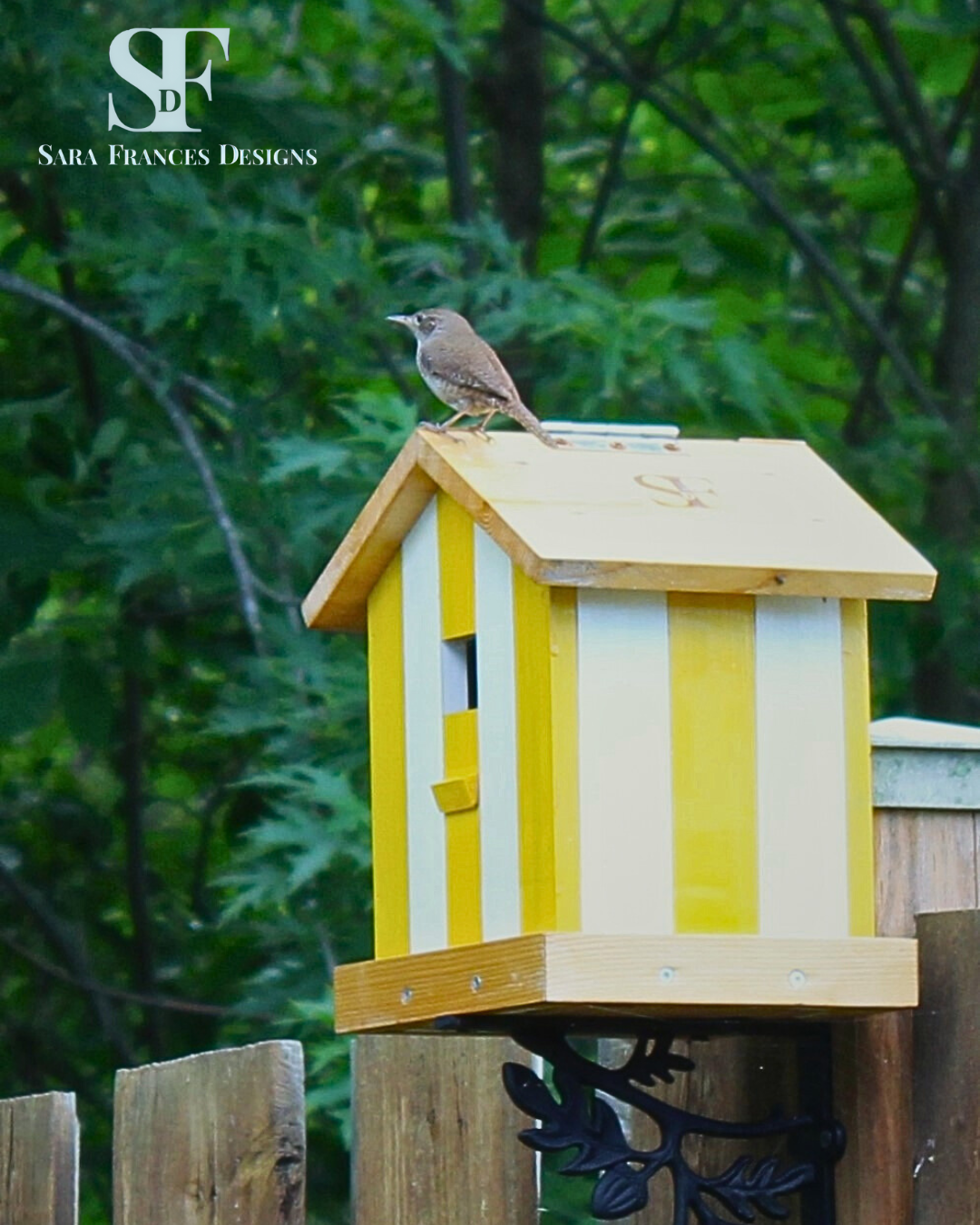
What can we do to help?
If you regularly feed birds in your area, consider increasing the amount of food and water during migration seasons. It can help those migrating birds get the extra nutrients needed and you may even see a bird you’ve never seen before.
Another way to help is by turning off your lights at night during migration season. If you’re unable to turn off all the lights, consider turning off or dimming exterior lights and adjusting any motion-sensor lights to be active only when people are present.
Keeping your cat indoors can save many needless deaths as the natural hunting instinct in cats is an ingrained behaviour and has nothing to do with appetite.
Finally, if you find yourself outside enjoying a warm fall or spring evening, remember to have an ear out for those migrating birds that may be passing overhead. It’s an experience to savour.

Sara Frances Designs is a small, boutique woodworking and design company, focused on producing high quality handmade products using 100% sustainable western red cedar. We create and develop custom-made and unique birdhouses and pet decor that evoke a refined and unhurried attitude through authenticity and timeless styles. Sara Frances Designs products are quality built to provide our animal friends with elegance and practicality. Our line of bird houses blend the right mix of sophistication and refinement to provide a look that is equally stylish in the garden or inside the home as a conversation piece in a sunroom or on a mantel.
At Sara Frances Designs we believe that our animal friends deserve the best too! https://sarafrancesdesigns.com/

